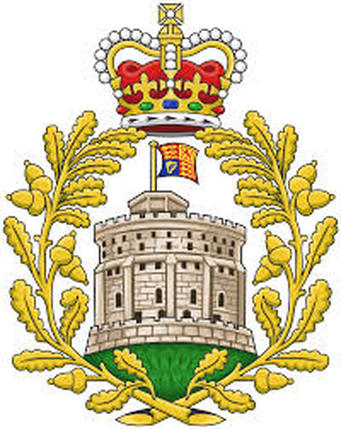
Heraldic Badges

In heraldry a badge is an emblem used as a mark of recognition by a person and are particularly found in the tradition of British heraldry. Badges first came into vogue among British nobility and gentry in the fourteenth century. They originated in the court of King Edward III who reigned for fifty years from 1327 to 1377. Later in the Middle Ages nobles servants would wear the badge to show allegiance to their masters.
Heraldry in the later Middle Ages was becoming very complicated due to excessive quarterings and the fashion of adding crests and various animals as supporters. Badges offered a way to simplify coat of arms and make it easier to identify particular noble families. These badges never replaced coats of arms but were used in addition to the arms. The emblems used in badges were usually taken from the coat of arms of the owner but sometimes a completely different image was used. This would be at the behest of the owner of the coat of arms.Badges were informal so did not have the same registration process as coats of arms. Different badges could be borne by different members of the same family separate of the coat of arms which would be the same for all family members.
Heraldry in the later Middle Ages was becoming very complicated due to excessive quarterings and the fashion of adding crests and various animals as supporters. Badges offered a way to simplify coat of arms and make it easier to identify particular noble families. These badges never replaced coats of arms but were used in addition to the arms. The emblems used in badges were usually taken from the coat of arms of the owner but sometimes a completely different image was used. This would be at the behest of the owner of the coat of arms.Badges were informal so did not have the same registration process as coats of arms. Different badges could be borne by different members of the same family separate of the coat of arms which would be the same for all family members.









